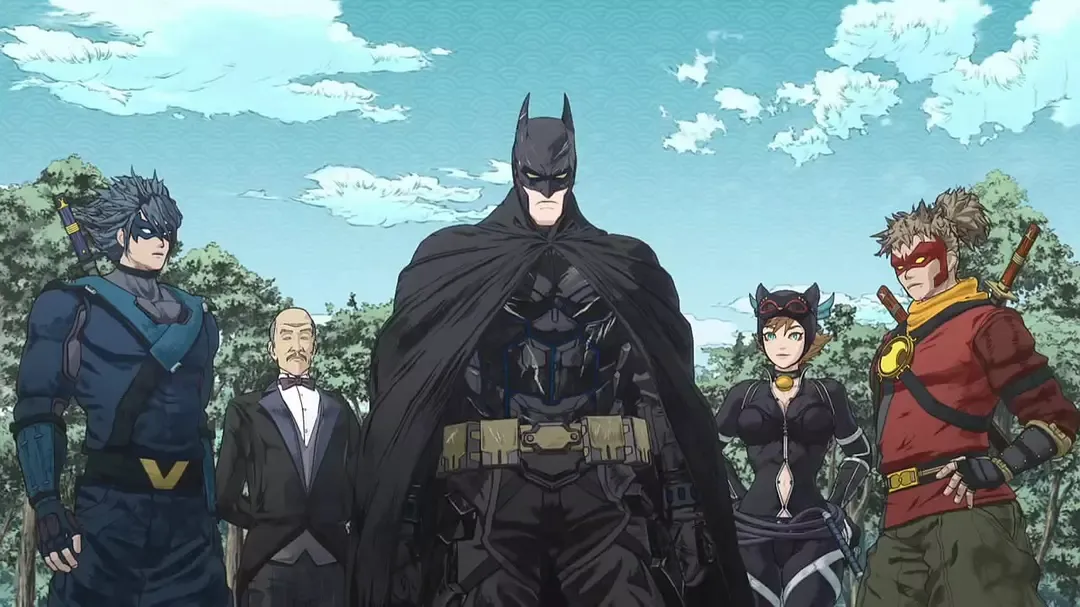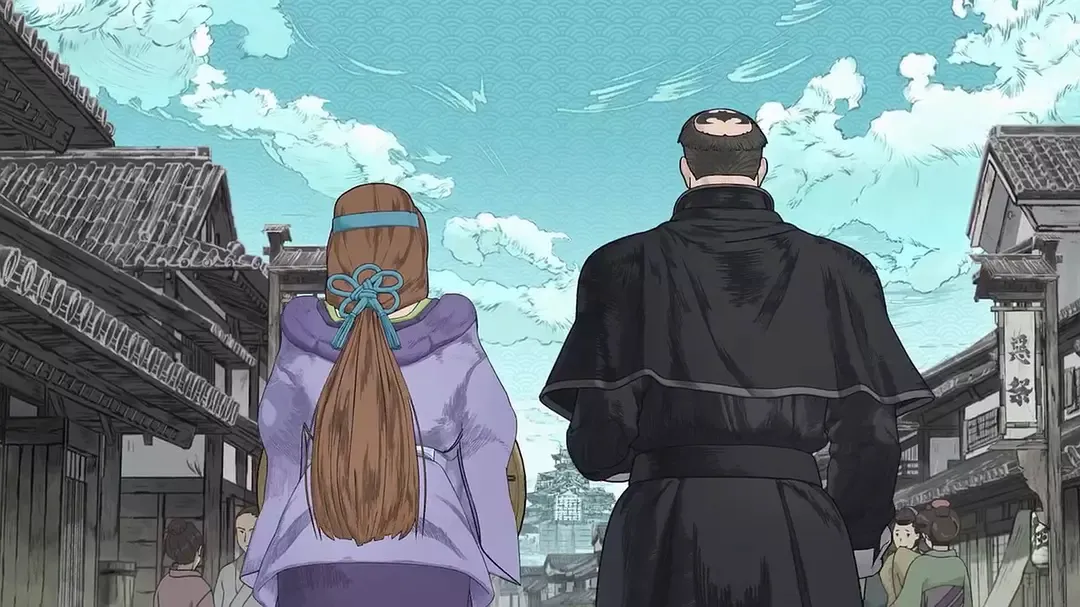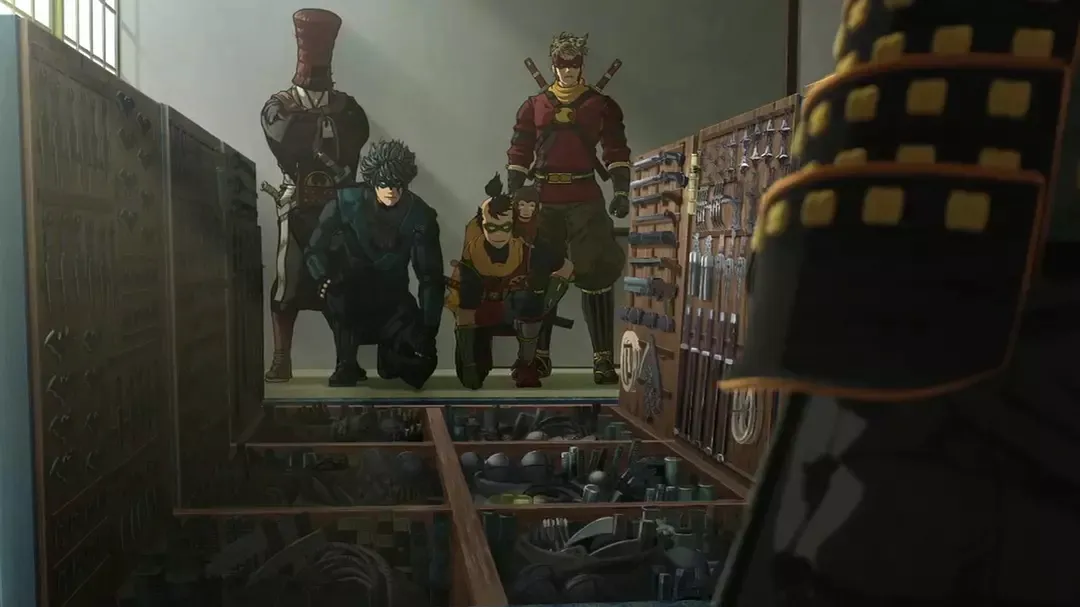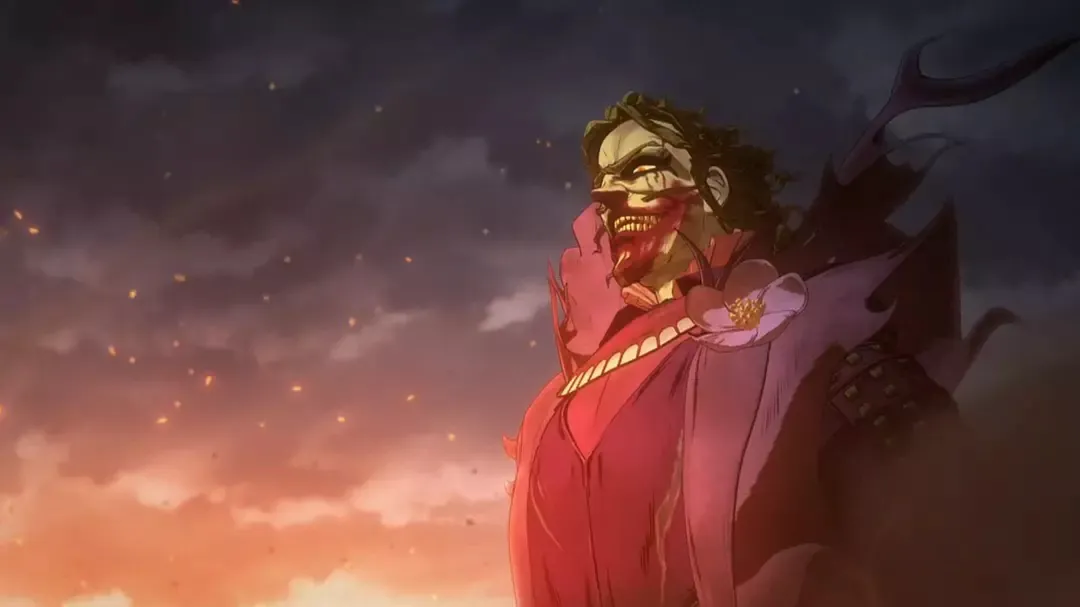Batman Goes East: A Look at “Batman Ninja”
In a departure from the usual cinematic releases, we’re diving into a film that might not hit Russian theaters but still deserves a spot on your radar.
“Batman Ninja” sees Gorilla Grodd invent a time machine, catapulting himself and a host of Gotham’s rogues into feudal Japan. Hot on their heels are Batman’s young proteges, with the Dark Knight himself arriving last. In his absence, the villains have carved up Japan, sparking a war between the feudal lords. Batman, armed with futuristic tech, finds his gadgets are no match for the supervillains’ fortified castles. He must then embrace the way of the ninja, mastering their weapons and magic with the help of a clan prophesizing the arrival of a bat-clad warrior.

Kazuki Nakashima, the Japanese screenwriter behind the film, previously worked on the anime series “Kill La Kill.”
A Clash of Cultures, a Familiar Conflict
When a feature-length animated film transports Batman to ancient Japan, one anticipates a showdown with Japanese adversaries – demons, monsters, or super-samurai. However, this new creation by Japanese director Junpei Mizusaki and designer Takashi Okazaki (“Afro Samurai”) sidesteps this expectation. Instead, it falls back on the well-trodden path of pitting Batman against the Joker, Harley Quinn, Grodd, and other DC villains, albeit in relatively minor roles.

Style Over Substance?
In terms of plot, “Batman Ninja” offers little in the way of originality. In fact, the narrative takes a backseat to the action. The film’s runtime is largely consumed by battles, punctuated by brief dialogues and odes to the ninja (“Their blacksmiths were so skilled that we in the 21st century cannot replicate their creations!”). Character development and psychological depth are absent. The heroes and villains are simply transplanted to Japan for the sake of engaging in visually stunning combat within an Eastern setting, complete with samurai swords, throwing stars, and giant robots.

Fun Fact: The Red Hood dons a woven basket on his head, reminiscent of the Fuke sect’s Buddhist monks, symbolizing the abandonment of the ego.
Giant Robots and Creative Madness
Yes, what would feudal Japan be without giant machines? Drawing inspiration from Hayao Miyazaki’s “Howl’s Moving Castle,” the filmmakers house the villains in mobile fortresses capable of walking, firing, and transforming. But this is just the beginning. The creation of Batman’s super-monster is a spectacle in itself. The film’s creative madness is off the charts.

A Visual Feast
Visually, “Batman Ninja” strikes a balance between Japanese and American animation styles. It’s undeniably anime, but with a noticeable Western influence, similar to “Afro Samurai.” The Joker, unsurprisingly, stands out with his eccentric and grotesque design. The animation quality is high, with radical shifts in style to emphasize key moments. For example, when the Joker briefly forgets his identity and imagines himself as a simple, kind, and cowardly Japanese peasant, the film adopts an impressionistic, watercolor-like aesthetic.
Final Verdict
Ultimately, “Batman Ninja” may disappoint those seeking a profound narrative, but it will delight those who want to see supervillains piloting giant robots and Batman and the Joker engaging in samurai sword fights on the rooftops of Japanese castles, all while the Dark Knight wields ninja magic. It’s a stylistic exercise above all else, but one that is visually rich, spectacular, and filled with inventive action sequences.vanov